 Life & Style
Life & Style

HÀ NỘI — The spring atmosphere is overwhelming Hà Nội's streets, from downtown to the outskirts.
In the heart of the Old Quarter in downtown Hà Nội, one can find a traditional flower market which will stay open till the last day of the lunar year (January 24).
Hàng Lược Flower Market is located on Hàng Lược, Hàng Khoai, Hàng Rươi, Hàng Mã and Phùng Hưng streets in Hoàn Kiếm District.
The market takes place every day between 8am and 10pm, offering bonsai kumquat plants, fresh flowers, fake antiques and various other decorations.
Handmade products of traditional handicraft villages, folk paintings and folk toys are also exhibited along Phùng Hưng Street together with folk music and calligraphy.
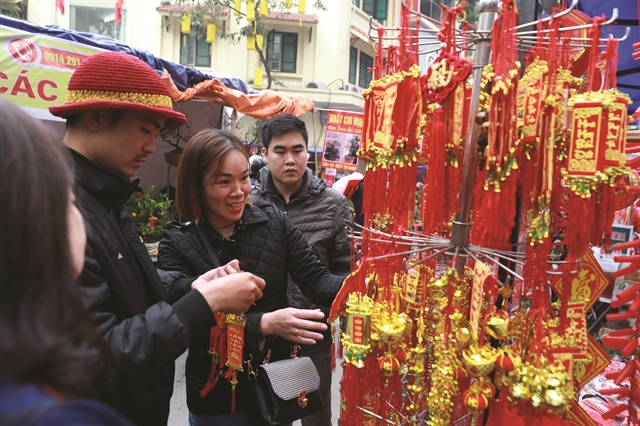
|
| Various decoration objects are offered at the market. VNS Photo Trương Vị |
The market introduces the heritage values of the Old Quarter and surrounding areas to domestic and foreign visitors.
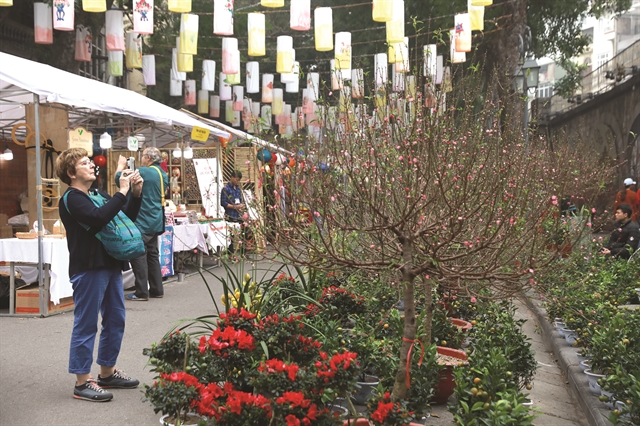
|
| Foreigners are interested in bonsai and paintings displayed at the site. VNS Photo Trương Vị |
The traditional flower market has been held in the area for the past century.
In the past, farmers from nearby Ngọc Hà, Nghi Tàm, Nhật Tân and Quảng Bá villages would take their bonsai trees and flowers to sell at the market, which only gathers once a year from the 15th to the last day of the 12th lunar month.
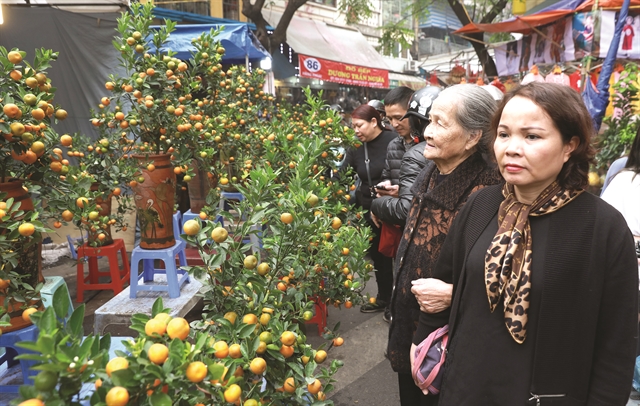
|
| Hanoians visit the market not only for shopping but also to enjoy spring atmosphere when the lunar new year approaches. VNS Photo Trương Vị |
Only in 1947, when Hà Nội was fighting against the French, did the market not gather. Even during the American War, the market still gathered ahead of Tết (Lunar New Year) as a custom of Hanoians.
Since 2018, beside the traditional flower market, Hoàn Kiếm District authorities have hosted other festive activities on Phùng Hưng Street, which hosts dozens of murals on the stone walls of the railway viaduct drawn by Vietnamese and South Korean painters at the end of 2018, creating a cultural space for the community.
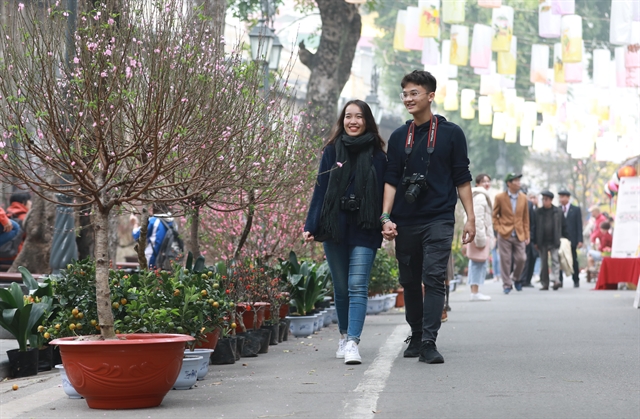
|
| The market is a reason for people to take a walk round the area. VNS Photo Trương Vị |
The viaduct starts from the Phùng Hưng-Trần Phú crossroads and runs to Long Biên Train Station, passing through Phùng Hưng and Gầm Cầu streets. The viaduct is part of the historic Long Biên Bridge, built from 1899-1902 by French architects.
The cultural space is part of a pedestrian zone planned to be set up along Phùng Hưng Street, which will offer various services for tourists.
Further from the city centre, Quảng An flower market on Âu Cơ Street has been filled with peach blossoms, ochna and kumquat bonsai for nearly a month now. Flowers and bonsai trees planted from the nearby Nhật Tân Flower Village are available here.
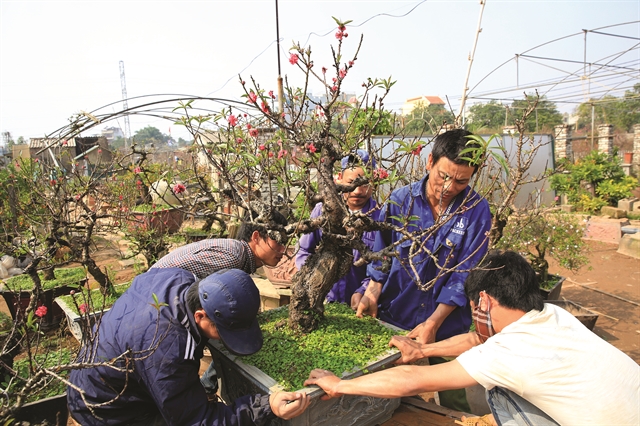
|
| People buy valuable thất thốn peach blossoms bonsai, which is an ancient peach blossoms genre with bright red flowers, in Nhật Tân Flower Village. VNS Photo Trương Vị |
On the outskirts of the city, flower villages are busy for Tết as well.
Tây Tựu Ward, formerly known as Đăm Village, in Bắc Từ Liêm District, 20km to the west of Hà Nội's centre, provides fresh flowers to Hà Nội and neighbouring areas.
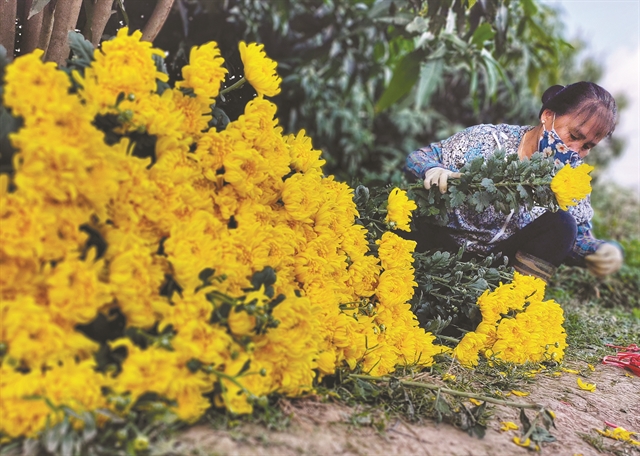
|
| Chrysanthemum harvested in Tây Tựu Ward is ready to be sold around the city. VNS Photo Đoàn Tùng |
This time of year is the biggest harvesting season for locals in Tây Tựu, where some 200ha of flower planting area hosts various kinds of flowers, mostly lily, chrysanthemum and roses. — VNS
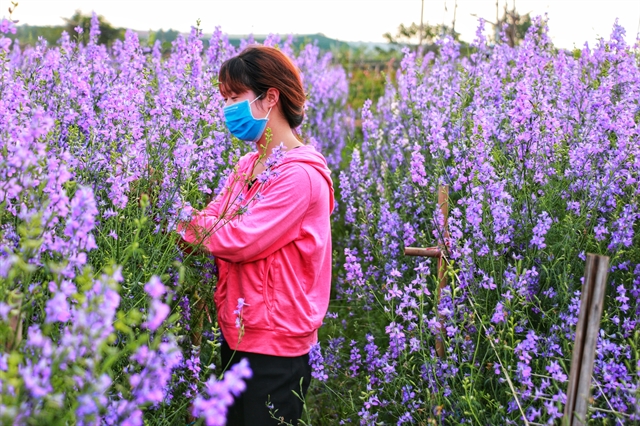
|
| A farmer cares her violet flower in Tây Tựu Ward. VNS Photo Đoàn Tùng |




